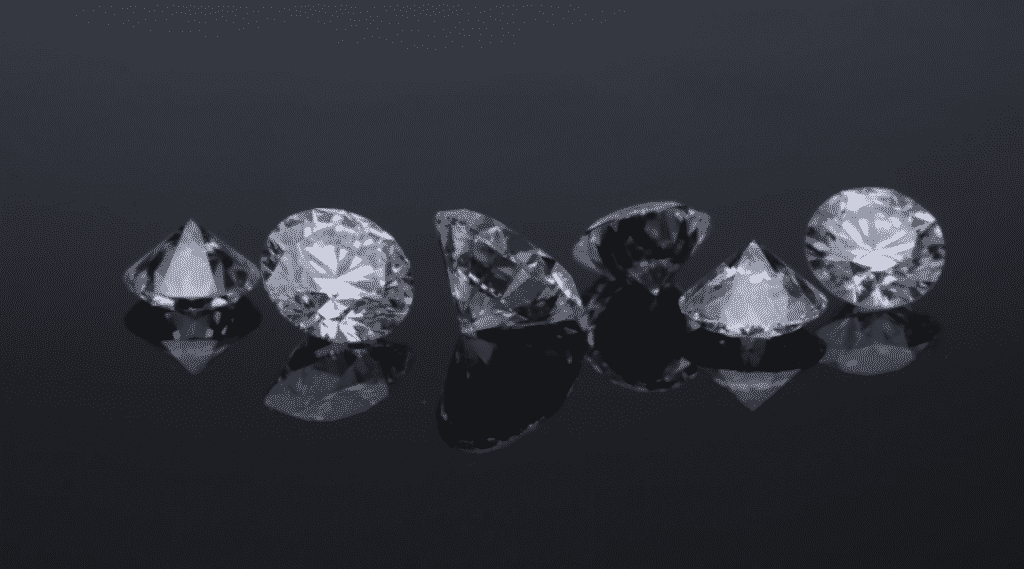The lab-based creation of diamonds, long held as the most precious gem, is something that has been ongoing for decades. Primarily used in industrial and high-tech applications, Forbes has noted a year-on-year 20% growth in the lab-grown diamond market, with the gems now making crucial headway within the most valuable market of all – jewelry. Previously unwanted due to various defects that made them inferior to their naturally formed counterparts, synthetic diamonds are becoming a hit when worn as part of statement pieces. What’s more, this isn’t where their use will stop – due to new innovation in the creation process, synthetic diamonds are becoming ever-more versatile.
From thin air
A diamond is chemically very simple. Along with graphite, it is one of the allotropes of carbon, meaning it has only carbon in its chemical makeup. Theoretically, it should be easy to reproduce, given the carbon-heavy nature of earth’s constituent elements. Lab-grown diamonds are typically made using chemical vapor deposition (CVD), where high heat and pressure reactors form carbon into the larger gemstone. Historically, diamonds have been differentiated from naturally formed rocks due to imperfections sourced from the chemicals involved in production. Today, CNN highlights the fact that perfect diamonds could soon be plucked from thin air through carbon extraction. This eco-friendly slant is another driver behind synthetic diamond innovation.
Better for the planet
The potential for removing carbon from the atmosphere through diamond synthesis is a real one, but lab-grown diamonds are already having a positive impact on the environment today. Diamond synthesis is an expensive process, and when using fossil fuels, can contribute net carbon to the atmosphere, according to The Guardian. However, diamond mining, a notoriously intensive and wasteful process, is far more damaging to the environment, and there are few other ways of generating diamonds through this method and at the timescale and cost demanded by consumers. Furthermore, with the advent of renewable energy, diamond labs always have the option of using clean energy. Miners do not.
Future prospects
Just as diamonds may be plucked out of the air and formed in ever-more energy-efficient environments, so too does technology enable their efficient creation. According to ZME Science, Australian scientists have developed a method of creating diamonds in minutes and at room temperature. This eliminates the huge energy costs associated with recreating the heat environment found in the Earth’s mantle that had previously been necessary for the creation of the gemstones. If this method can become widespread, it will arguably make synthetic diamonds very cheap and, at the same time, of great quality – meaning that they can entirely overtake the naturally mined variant in a wide range of markets.
Synthetic diamonds, then, are the eco-friendly future of gemstones. They take up a huge part of a market that relies on them for their inherent qualities, and with new innovation, they can be made with minimal effort. With innovators turning towards ways to find higher gemstone quality in the diamonds, and Pandora the latest chain to announce their full-scale adoption of the gems, the future is bright for the synthetic gems.

